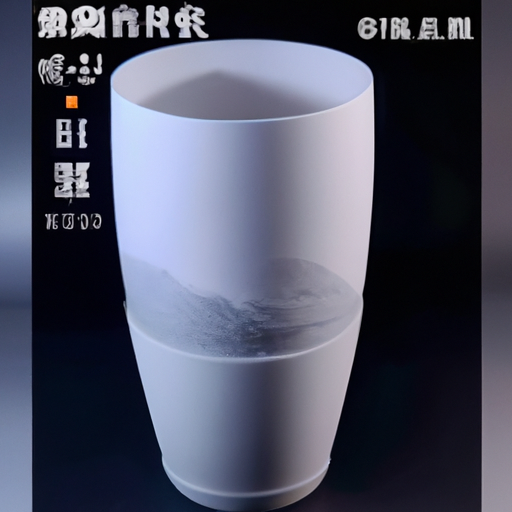A sensor is a device that can sense and detect various physical quantities in the environment and convert them into readable signals. In modern society, sensors are widely used in various fields, such as industrial control, medical diagnosis, environmental monitoring, etc. In order to ensure the quality and performance of sensors, various countries have formulated a series of product standards to regulate the design, manufacturing and testing process of sensors.

1. Design standards: The design standards of sensors mainly specify the requirements for the structure, working principle, performance indicators, etc. of the sensor. Design standards usually include the sensor's dimensions, operating temperature range, output signal type, accuracy, etc. The formulation of design standards is intended to ensure that the sensor can meet the needs of users and has stable and reliable performance.
2. Manufacturing standards: The manufacturing standards of sensors mainly specify the requirements for the production process, material selection, and process requirements of the sensors. Manufacturing standards usually include the production process flow, quality control requirements, and testing methods of the sensors. The formulation of manufacturing standards is intended to ensure the stable quality and consistent performance of the sensors.
3. Test standards: The test standards for sensors mainly specify the requirements for sensor performance test methods, test equipment, test conditions, etc. Test standards usually include static performance tests, dynamic performance tests, environmental adaptability tests, etc. The formulation of test standards aims to ensure that the performance indicators of sensors meet the specified requirements and have reliable test methods.
4. Calibration standards: The calibration standards of sensors mainly specify the requirements for sensor calibration methods, calibration equipment, calibration process, etc. Calibration standards usually include zero point calibration, full scale calibration, linearity calibration, etc. The purpose of establishing calibration standards is to ensure that there is an accurate correspondence between the output signal of the sensor and the measured value.
5. Marking standards: The marking standards for sensors mainly specify the requirements for sensor identification, marking, packaging, etc. The marking standards usually include the identification requirements for sensor model, production date, manufacturer, etc. The formulation of marking standards is intended to ensure the identification and traceability of sensors and facilitate user use and management.
In general, the product standards of sensors are to ensure that the quality and performance of sensors meet the specified requirements and improve the reliability and stability of sensors. When formulating sensor product standards, countries usually refer to relevant standards issued by organizations such as the International Organization for Standardization (ISO), the European Committee for Standardization (CEN), and the American National Standards Institute (ANSI) to ensure that sensor product standards are in line with international standards. By complying with sensor product standards, the market competitiveness of sensors can be effectively improved and the healthy development of the sensor industry can be promoted.